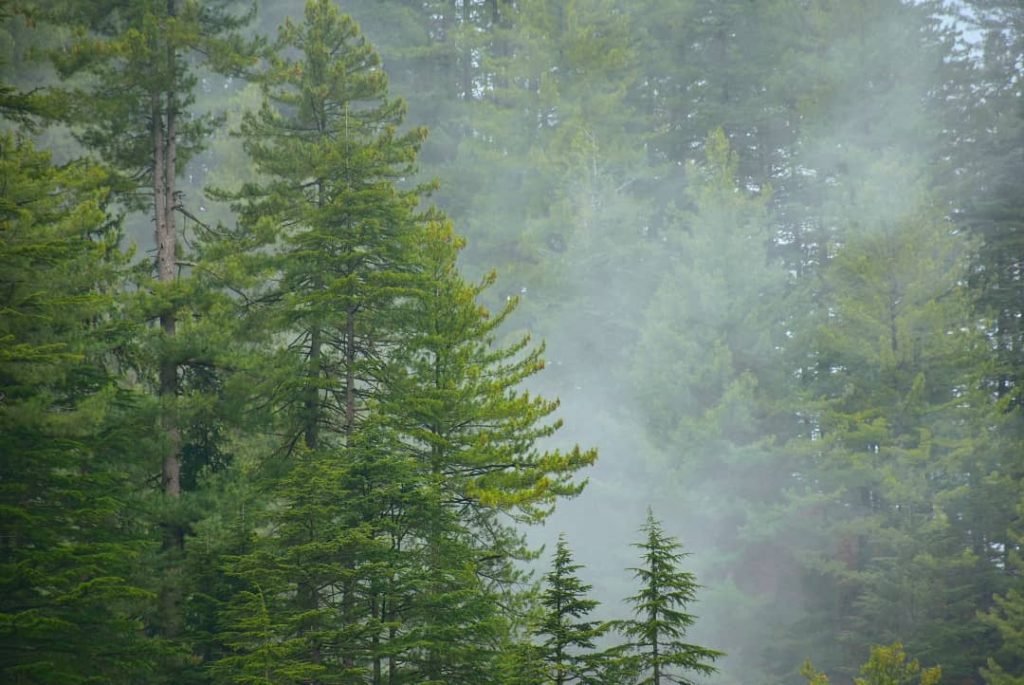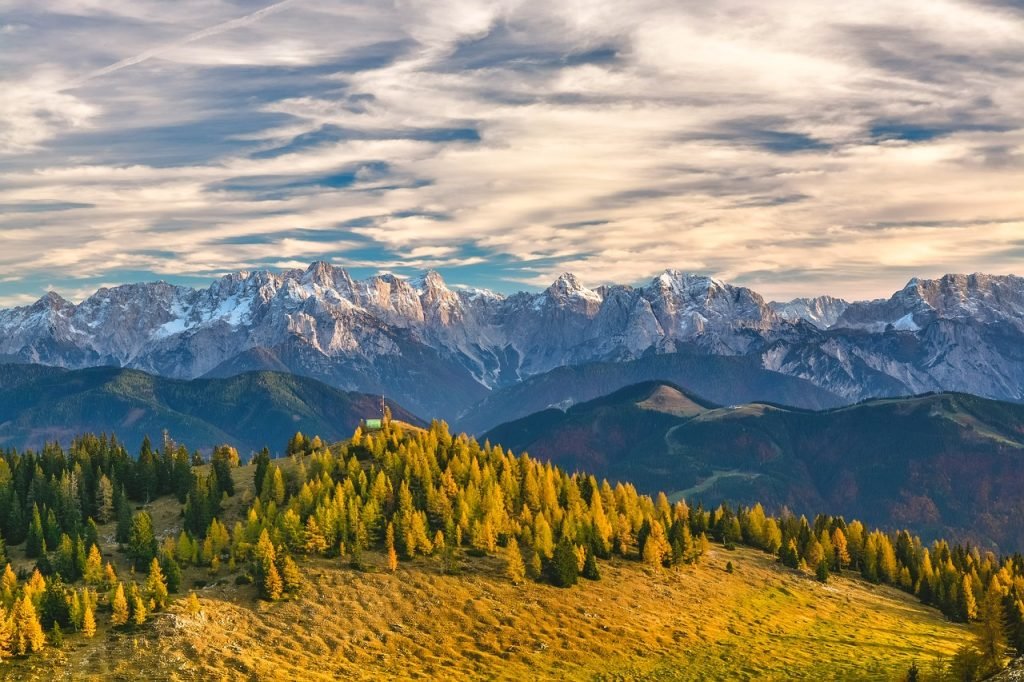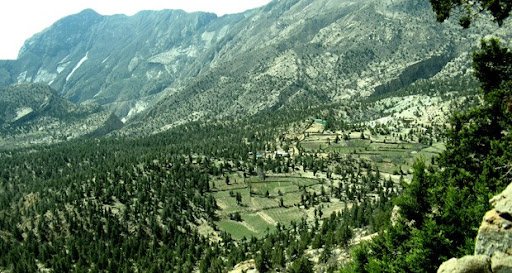Alpine Forests in Pakistan: A Complete Guide to High-Altitude Ecosystems


Agree: Pakistan’s alpine forests are more than just scenic landscapes. They are ancient, fragile ecosystems that anchor mountain life, protect rivers, and provide shelter for rare wildlife like the elusive snow leopard.
Promise: In this guide, you’ll discover what alpine forests in Pakistan are, where they grow, the species they protect, and why their conservation is vital for the planet.
Preview: From 5,000-year-old junipers in Balochistan to silver fir stands along the Hindu Kush, this article explores the science, culture, and future of Pakistan’s high-altitude forests.
Table of Contents
What Are Alpine Forests in Pakistan?
Defining Alpine Forest Ecosystems
Alpine forests in Pakistan exist at the highest elevation zones of the country’s mountain ranges. These ecosystems are defined by their short growing seasons, extreme cold, and vegetation that clings to life just below the permanent snowline.Treeline The altitude above which trees can no longer grow, usually between 3,180 and 4,500 meters in Pakistan. Subalpine Zone A transition area just below the treeline where conifers mix with shrubs and meadows. Alpine Zone Forests and scrubs adapted to freezing winters, thin soils, and short summers.
Elevation Zones and Characteristics (3,180–4,500m)
Alpine forests in Pakistan are typically found between 3,180 and 4,500 meters. At these altitudes, winters are long and severe, snowfall is heavy, and summers are short but rich in biodiversity. Tree growth is slow, making these forests ecologically ancient compared to lowland forests.
Climate and Environmental Conditions
Cold temperatures, steep slopes, and thin soils define alpine forests in Pakistan. Despite these challenges, the forests play a critical role in water regulation, absorbing snowmelt and releasing it gradually into rivers like the Indus, Swat, and Chitral.
Where to Find Alpine Forests in Pakistan (Regions & Maps)
Hindu Kush: Chitral and Upper Dir Alpine Forests in Pakistan


The Hindu Kush range holds some of the most accessible alpine forests in Pakistan. In Chitral and Upper Dir, silver fir, blue pine, and birch dominate. These forests are interspersed with alpine meadows that serve as grazing grounds for yak and markhor.
Himalayas: Swat, Astore, Skardu, and Gilgit-Baltistan Corridors


Swat’s high ridgelines and the upper valleys of Astore and Skardu harbor alpine forests mixed with meadows and rocky cliffs. In Gilgit-Baltistan, treeline birch and fir extend along valley sides, forming corridors critical for snow leopard and ibex movement.
Karakoram: Baltistan’s Treeline Birch Stands


The Karakoram range hosts scattered alpine forests primarily composed of Himalayan birch and juniper. Though less continuous than in the Himalayas, these patches provide nesting sites for high-altitude raptors and shelter for endemic plants.
Balochistan: Ziarat’s Ancient Juniper Forests


The Ziarat Juniper Forest in Balochistan is one of the oldest alpine forest ecosystems in the world. Covering over 110,000 hectares, these junipers are estimated to be 5,000–7,000 years old, making them living relics of Earth’s ecological history.
Species & Biodiversity in Alpine Forests in Pakistan
Dominant Tree Species
Key alpine tree species include:
- Silver Fir (Abies spectabilis): A tall conifer adapted to cold, snowy environments.
- Himalayan Birch (Betula utilis): Known for its white bark and cultural use in traditional manuscripts.
- Juniper (Juniperus macropoda & Juniperus excelsa): Sacred and ancient, especially in Ziarat.
- Blue Pine (Pinus wallichiana): Found in mixed stands with fir and spruce.
Understory Vegetation and Medicinal Plants
Beneath the canopy, alpine forests in Pakistan support a rich understory of shrubs, grasses, and herbs. Medicinal plants like Saussurea costus and Bergenia ciliata are harvested by local communities for traditional remedies and income.
Wildlife Habitat in Alpine Forests in Pakistan
These high-altitude forests are home to some of the most iconic and endangered species in Pakistan. Snow leopards patrol rocky outcrops, Himalayan ibex graze steep meadows, and golden eagles soar above treeline ridges. Smaller mammals such as pika and marmot provide vital links in the food chain, while migratory birds rely on alpine corridors during seasonal shifts.
Endemic and Rare Species
Alpine forests in Pakistan harbor species found nowhere else on Earth. The Kashmir flying squirrel, various high-altitude butterflies, and rare herbs thrive in these unique conditions. Protecting such biodiversity is critical for global conservation goals.
Ecosystem Services & Community Value
Watershed Protection and Soil Conservation
Alpine forests regulate water flow by absorbing snowmelt and releasing it steadily, reducing the risk of floods downstream. Their deep root systems prevent soil erosion, protecting villages and farms in lower valleys.
Carbon Sequestration and Climate Regulation
Although slow-growing, alpine conifers and junipers store enormous amounts of carbon. Estimates show that mountain forests in Pakistan hold up to 240 tonnes of carbon per hectare, making them critical in combating climate change.
Biodiversity Conservation Value
By hosting snow leopards, ibex, and dozens of bird species, alpine forests in Pakistan act as biodiversity strongholds. Protecting these habitats helps preserve ecological balance across the entire Hindu Kush–Himalaya region.
Cultural and Spiritual Significance
For centuries, local communities have revered alpine forests as sacred landscapes. The juniper groves of Ziarat are considered holy, while Himalayan birch bark was historically used for religious texts. These traditions link conservation with cultural identity.
FAQ
What elevation defines alpine forests in Pakistan?
Alpine forests typically occur between 3,180 and 4,500 meters above sea level, just below the permanent snowline.
Which tree species dominate alpine forests in Pakistan?
Silver fir, Himalayan birch, blue pine, and juniper are the most common species in these forests.
Where can I see snow leopards near alpine forests in Pakistan?
Snow leopards are most often sighted in Gilgit-Baltistan and Chitral’s alpine forests, though sightings are rare and depend on luck and expert local guides.
How is climate change affecting alpine forests in Pakistan?
Rising temperatures are pushing tree lines higher, reducing habitat for alpine species and threatening water regulation services.
Read More About: Forest Reserves in Pakistan Worth Visiting | TrulyPakistan
Visiting Alpine Forests in Pakistan Sustainably
Best Trekking Routes and Seasons
Summer (June–September) is the best time to access alpine forests in Pakistan. Popular treks include Ratti Gali Lake (Azad Kashmir), Kumrat Valley (Upper Dir), and Fairy Meadows (Gilgit-Baltistan).
Required Permits and Regulations
Foreign visitors must register with local authorities in sensitive alpine zones. Permits may be required for areas near international borders. Hiring licensed guides ensures compliance and safety.
Responsible Tourism Guidelines
- Carry all waste back with you.
- Use designated trails to avoid trampling vegetation.
- Respect cultural sites and local traditions.
- Support eco-friendly accommodations and local businesses.
Local Community Engagement
Staying in community-run guesthouses, hiring local porters, and purchasing local crafts ensures tourism benefits the very communities protecting alpine forests in Pakistan.
Conclusion
Alpine forests in Pakistan are living museums of ecological history, cultural heritage, and biodiversity. They store carbon, regulate rivers, and provide homes for species found nowhere else. Protecting them is not just a national responsibility—it’s a global one.


Author: ZunNurain Khalid — Travel & Tourism Specialist, Founder of ExploreX Pvt. Ltd., and advocate for sustainable tourism in Pakistan. With over a decade of experience in digital marketing and destination branding, ZunNurain has worked extensively on promoting Pakistan’s natural and cultural heritage.


2 thoughts on “Alpine Forests in Pakistan: Biodiversity & Conservation”